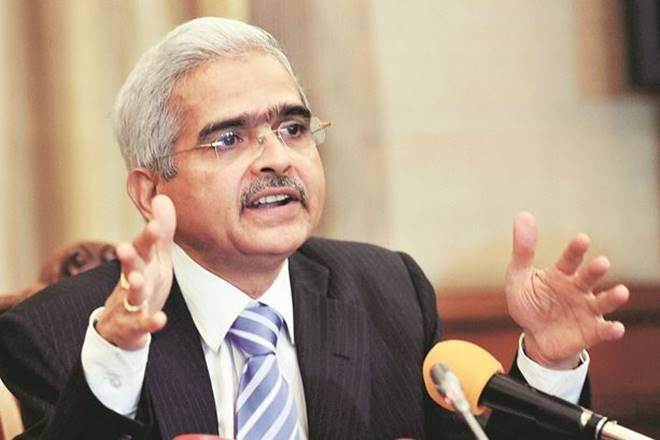Reserve Bank of India (RBI) governor Shaktikanta Das on Friday said that lower inflation in the months ahead could open up greater room for policy easing, while continuing to remain silent on where growth in FY21 could stand. “In the period ahead, inflation could recede even further, barring supply disruption shocks, and may even settle well below the target of 4% by the second half of 2020-21. Such an outlook would make policy space available to address the intensification of risks to growth and financial stability brought on by COVID-19. This space needs to be used effectively and in time,” Das said in a live address. In its monetary policy report released earlier this month, RBI forecast inflation to ease from 4.8% in Q1FY21 to 4.4% in Q2, 2.7% in Q3 and 2.4% in Q4.
Das pointed to recent data from the National Statistics Office (NSO), which showed that consumer price index (CPI) inflation for March 2020 declined by 70 basis points (bps) to 5.9%. This is, however, based on data gathered up to March 19, 2020. The data showed a softening of food inflation by around 160 basis points on account of the easing of prices of vegetables, eggs, meat, fish, pulses, oils and fats, fruits and sugar.
In other categories of the CPI, inflation pressures remained firm,” the governor said, adding that daily data on 22 essential food items suggest that food prices have increased by 2.3% up to April 13, 2020, in a broad-based manner. At the same time, onion prices have continued to decline while PDS kerosene prices have slumped by 24% in the first fortnight of April. Domestic LPG prices also declined by 8%. “These early developments suggest that inflation is on a declining trajectory, having fallen by 170 basis points from its January 2020 peak,” Das said.
As for growth, the governor stuck to sharing the International Monetary Fund’s (IMF) view on India’s growth, offering no forecast from the central bank. Economists said that this is understandable as forecasting growth has indeed become a challenge in the post-COVID-19 world. Sameer Narang, chief economist, Bank of Baroda, said: “We expect growth to be about 1.5% for the year (FY21), as per the information we currently have. That shows that there is adequate room for policy measures, particularly in terms of liquidity and perhaps restructuring will be required for certain sectors which will take time to recover.” He expects the repo rate – at 4.4% now – to fall by another 50 bps.
Market experts observed that the central bank is now relying increasingly on liquidity measures rather than cuts in the repo to enforce transmission. Suyash Choudhary, head – fixed income, IDFC Asset Management Company (AMC), said: “It may be recalled that the so-called Operation Twist had been devised to incentivise the market transmission channel (influence corporate bond yields via influencing government bond yields). The seeming apathy when this channel now lies broken at a time when the country’s nominal GDP growth rate is collapsing further, is somewhat surprising.”

